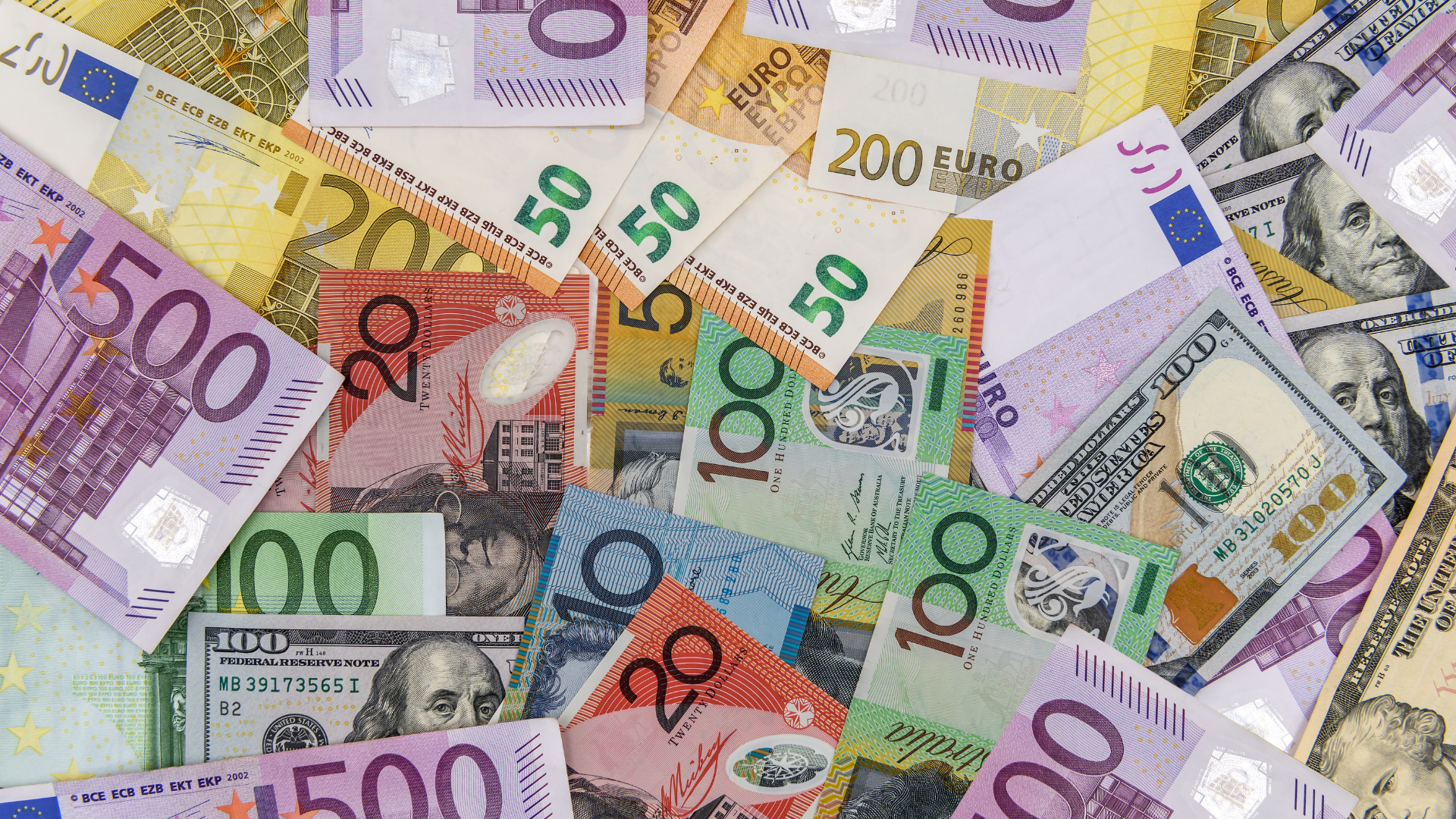The Australian dollar traded flat against the U.S. dollar, showing little reaction despite weaker-than-expected US GDP data. Markets had anticipated a slowdown, but the softer growth figures failed to trigger major shifts in sentiment, keeping AUD/USD range-bound.
The latest report showed that U.S. economic growth missed forecasts, reinforcing speculation that the Federal Reserve may be nearing the end of its tightening cycle. However, the U.S. dollar held firm, supported by higher Treasury yields and lingering uncertainty over the Fed’s next move. The Australian dollar, meanwhile, lacked fresh catalysts to drive a decisive breakout.

While the Reserve Bank of Australia (RBA) remains committed to tackling inflation, its policy path appears less aggressive compared to the Fed’s stance. This policy divergence continues to limit the Aussie’s upside, especially as traders assess global risk appetite and commodity price movements.
Looking ahead, investors will focus on upcoming U.S. inflation data and the Fed’s policy outlook, which could determine the next major move for AUD/USD. A softer inflation print may weaken the U.S. dollar, giving the Aussie a chance to climb, while stronger data could reinforce expectations of higher-for-longer rates, keeping the greenback in control.
For now, the Australian dollar remains in a tight range, awaiting clearer direction from economic data and central bank guidance. Until a stronger catalyst emerges, AUD/USD is likely to remain neutral, reacting to shifts in risk sentiment and monetary policy expectations.













